“It is I, Rāhula”; “I see,” said the Buddha — the story of Buddha’s son whose name means “shackle”
As the founder of Buddhism, Siddhartha Gautama Buddha’s life story has been retold and reimagined countless times. But what about his only son, Rāhula? Born between 34 BCE and 451 BCE, Rāhula was the son of Prince Siddhartha Gautama, who would later become known as the Buddha, and his wife, Yaśodharā. [1]
By Josephine Nolan
Rāhula was born just after Siddhartha had renounced the world to become a monk, so he only spent minimal time with his father. Even so, the lessons he learned from his father would stay with him for the rest of his life.
In this feature, we’ll look at some of those lessons and how they can help us live our own lives in peace.
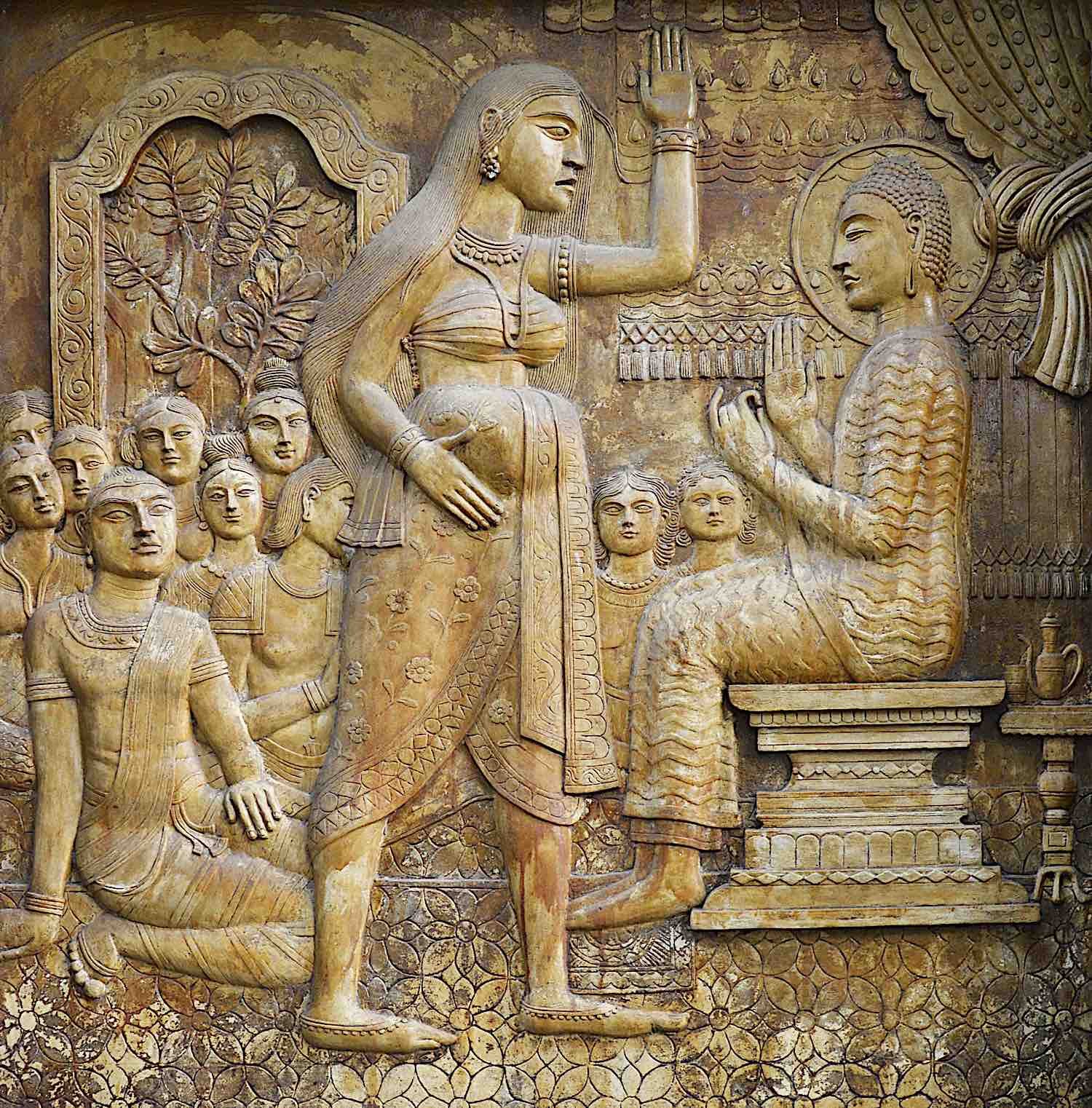
Rāhula before birth
Like most Buddhist stories, Rāhula’s legend begins even before he is born. Siddhartha Gautama Buddha was born into a wealthy and influential family, but he soon became disillusioned with the material world — after seeing the four sights of suffering: a man bent with old age, a person afflicted with sickness, a corpse, and a wandering ascetic. Determined to save all beings — including his own family — from this terrible suffering, Siddartha famously determined to renounce his luxurious life in the palace to become a wander sage in search of Enlightenment.
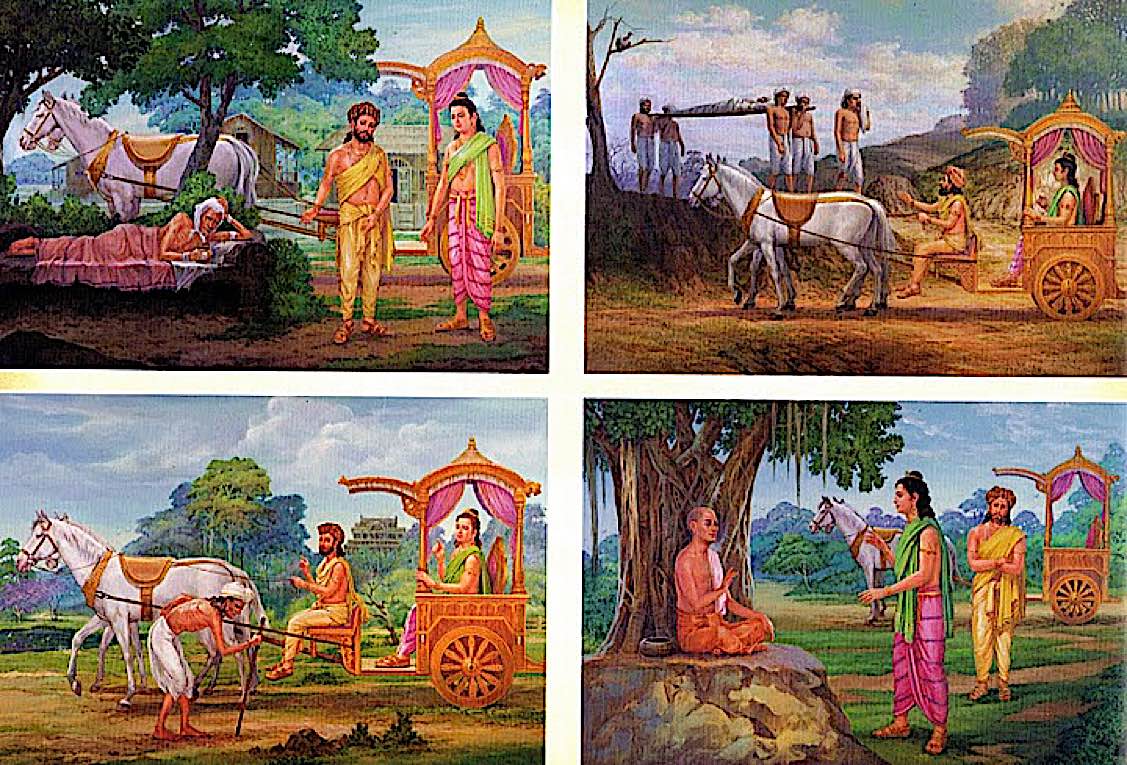
Rāhula was — according to legend — conceived in a 6-year timespan when Siddhartha was in the process of awakening.
There are many theories as to why this is so, but most scholars agree that the lengthy gestation period was caused by bad karma.
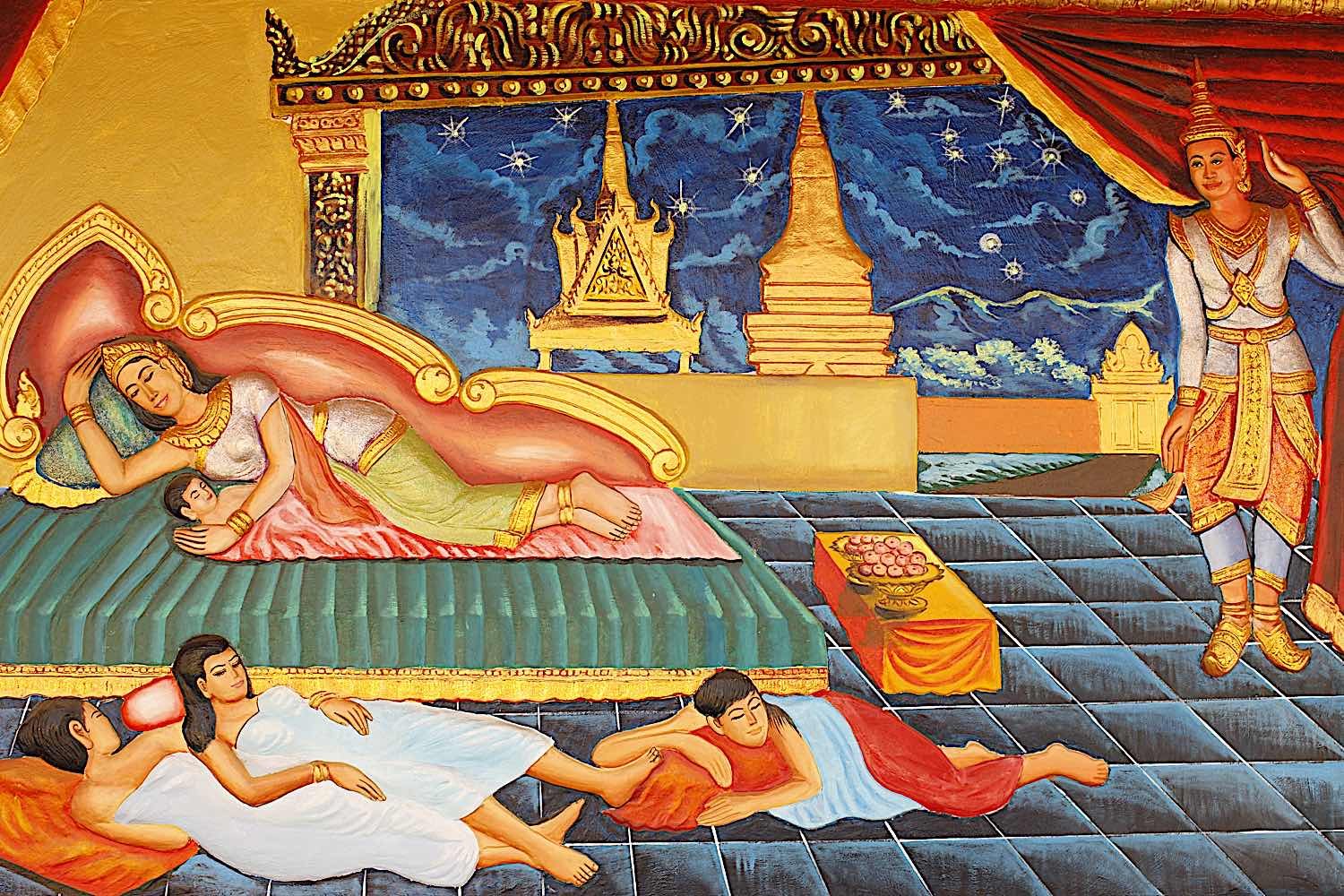
Rahula’s previous life as a king
On one account, Rāhula was a king called Sūrya in a past life. This king, who had a hermit as a brother, was more preoccupied with power and wealth than his family. The brother, Candra, has vowed only to eat what was given to him by the people or face punishment.
When he failed to hold up his vow and stole some water, the king refused to issue a sentence but locked his brother in the palace gardens. For six days, he forgot about Candra and left him in the garden. As a result of this negative karma ripening, Rāhula took six years to be born.
Another version states that it was Yaśodharā who had bad karma. In one of her previous lives she was once an unruly daughter to a cow herder. She had refused to help her mother carry milk pails, so she had to carry them herself for six leagues. As a result, she was reborn as Yaśodharā, and her son was born only after a six-year pregnancy.
There has been some dispute about whether or not Siddhartha Gautama Buddha actually had a son. Some say that he never did, while others claimed he had several sons — although the sutras only tell of Rahula.
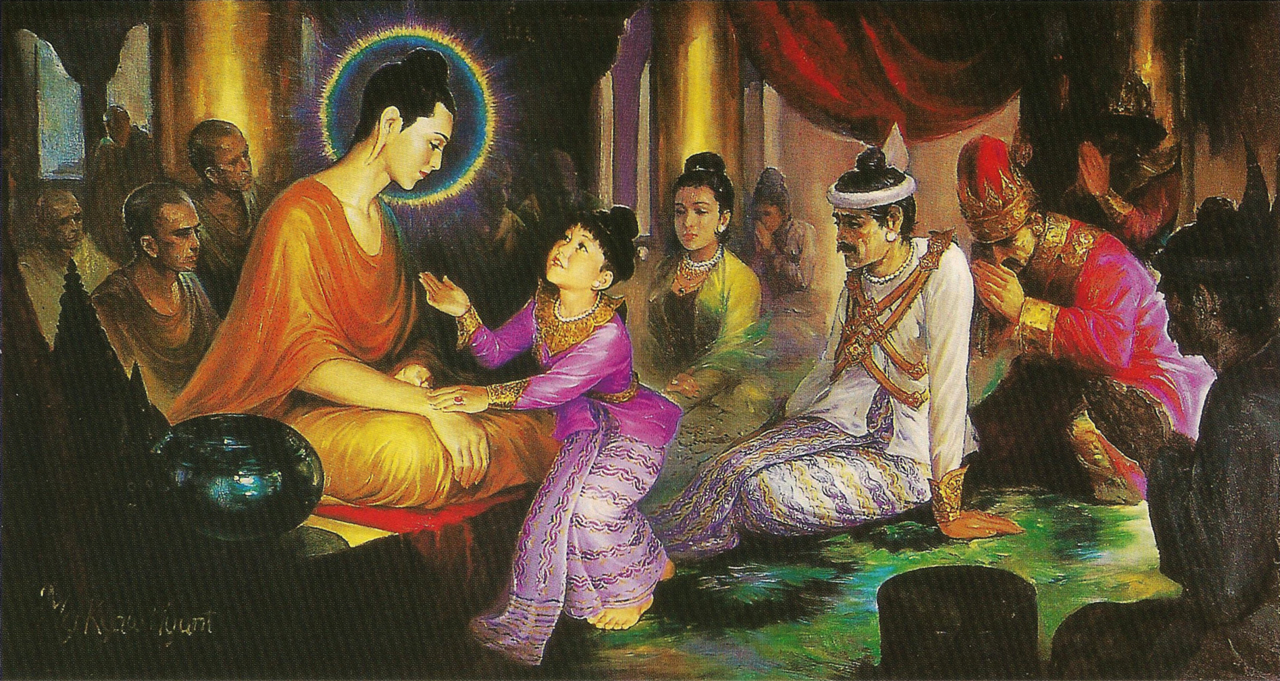
Rāhula is born
For six long years, Siddhartha was not ready for his quest for enlightenment and was still attached to his wife and life as a prince. Siddhartha realized that he could not achieve enlightenment while various attachments still held him back — father, wife, children, people who loved him.
One day, he was told that Yaśodharā would give birth to a son. Children and other attachments, to the sages, were considered hindrances in the quest for Nirvana; and for the sake of children, Siddartha wished to attain enlightenment — to save all beings from suffering.
According to the Pāli tradition, Yaśodharā gave birth to Rāhula on the same day that Siddhartha left the palace to become a renunciate.
The prince has taken one last look at his sleeping wife and child before quietly leaving them behind — for years. Some accounts claim that Siddhartha had already decided to leave long before Yaśodharā became pregnant. His son’s birth was merely an opportunity for him to put his plan into action.
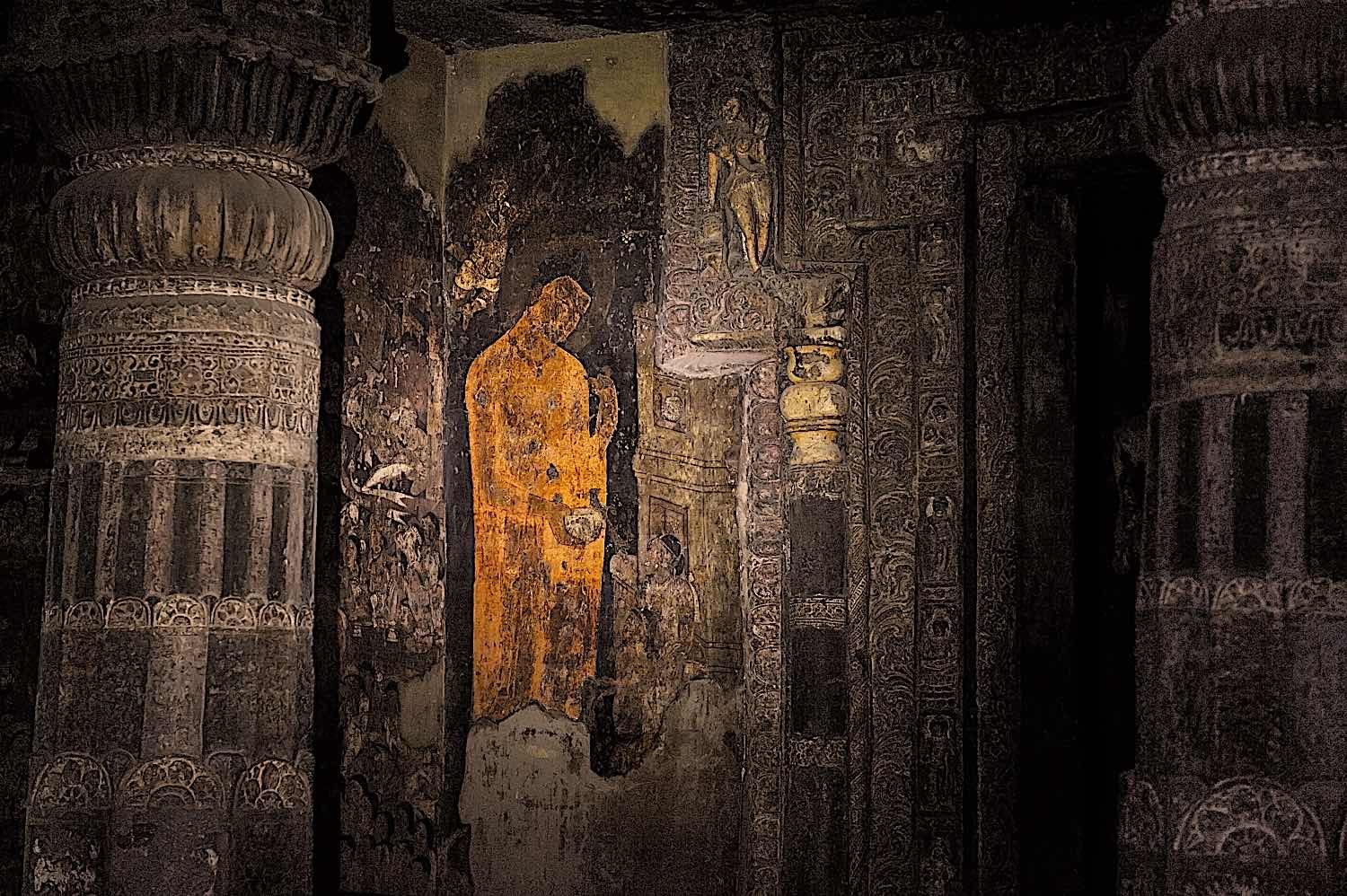
Rahula — the impediment
Siddartha was 29 years old and renounced his life of luxury to become a homeless wandering renunciate searching for the truth. This would later be known as the ‘Great Renunciation’ [2]
Because the prince saw his son as a “hindrance” to his goal, he and his father, King Śuddhodana, named him Rāhula. That roughly translates to “fetter,” “shackle,” or “impediment.” This wasn’t meant to be a negative connotation but rather a reminder for Siddhartha to be aware of what could hold him back from his goals.
The child was to be raised in a wealthy royal household by his mother and grandparents while Siddhartha continued his search for enlightenment. Siddhartha’s departure caused great pain for Yaśodharā and the royal family. Yaśodharā is said to have become a nun herself eventually — following Siddartha’s Dharma teachings — but the details of her life after Siddhartha’s departure are relatively unknown.
As for Rāhula, he grew up without knowing his father except through the stories told by his mother and grandparents.
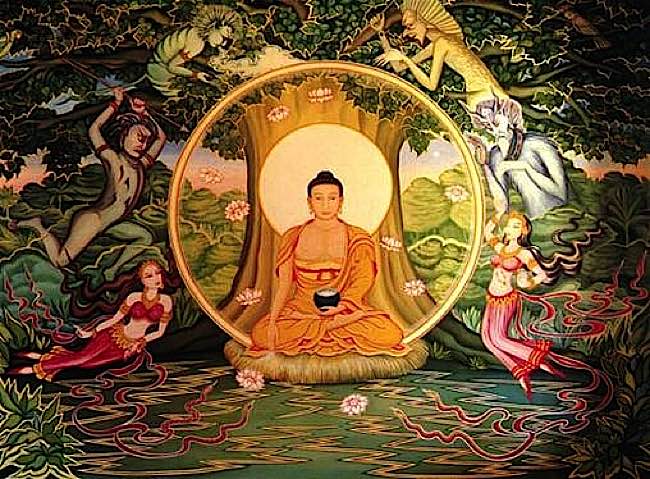
Siddhartha attains Buddahood
Between 6 and 15 years after Siddhartha’s departure, he attained Buddhahood.
Most historians claim it was around the 7-year mark. Legend has it that he was meditating under the Tree of Awakening, now known as the Bodhi tree when he was challenged by Mara, the demon of Death and Desire. Mara tempted Siddhartha with images of wealth and pleasure, but Siddhartha remained focused on his meditation. [3]
Mara attacked Siddhartha with everything he had, but the arrows turned to flowers before they could reach Buddha. After challenging his enlightenment, Mara conceded defeat, and Siddhartha won his life’s battle. He called on the Earth to witness his achievement.
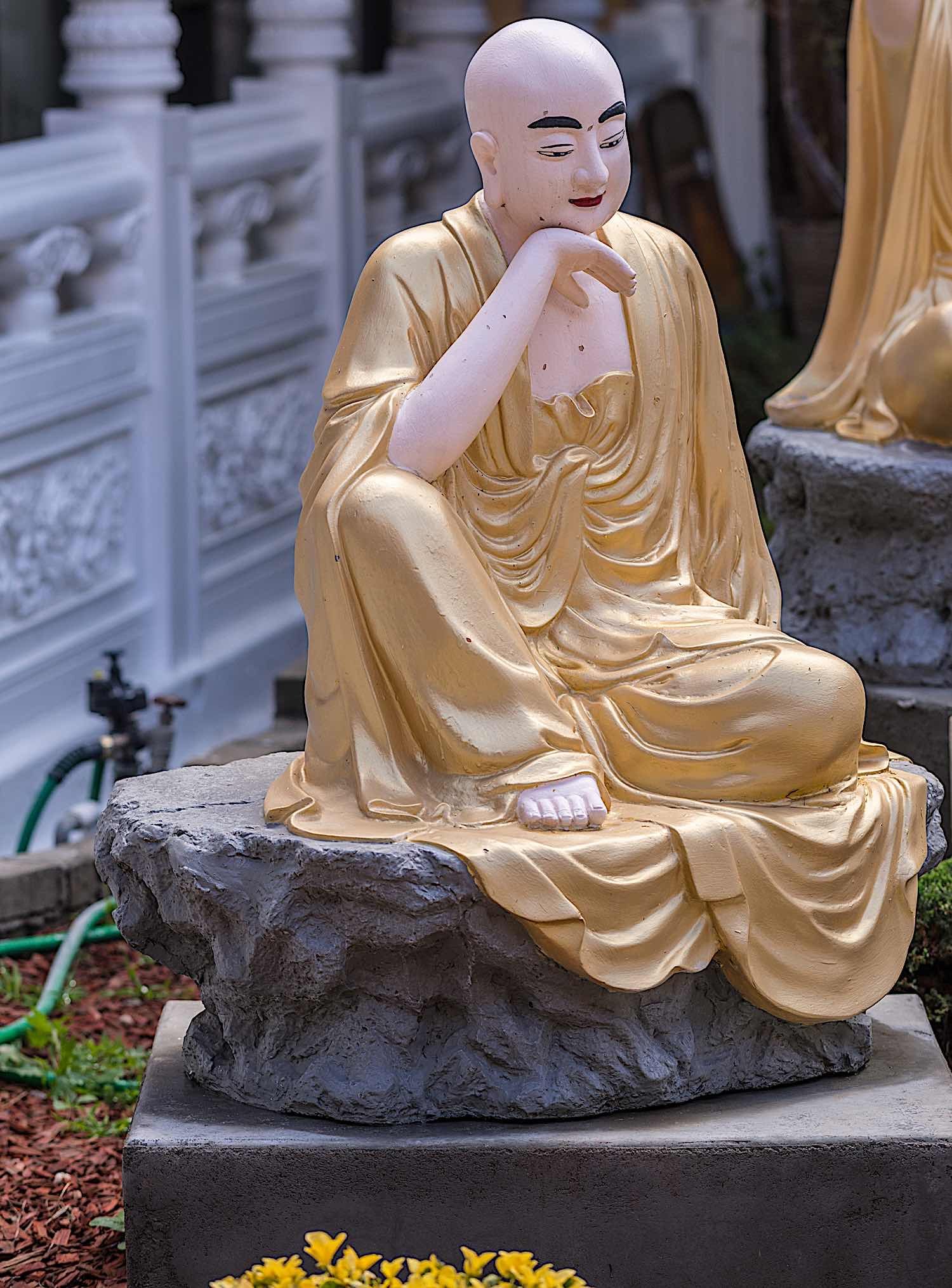
His first thought — Rahula
At the moment of his enlightenment, the first thing Siddhartha thought of was his son. He realized that he had abandoned Rāhula to pursue the noble quest for the benefit of all beings, including his son. Siddhartha dedicated the rest of his long life to helping others, guiding many to find the same enlightenment that he had found.
After his enlightenment, the Buddha traveled back to his hometown of Kapilavastu to teach the Dharma to his son. The Pāli tradition claims that Yaśodharā only took Rāhula to see his father seven days after the Buddha’s arrival.
Rahula asks for his inheritance
When they finally met, Yaśodharā insisted her son ask for his inheritance since the Buddha had no use for material things anymore. Rāhula followed the Buddha around after that, reportedly excited to finally meet the man behind the legend.
The Buddha would leave his son his inheritance, but not the palace and riches as Yaśodharā might have expected. He transmitted to him the Four Noble Truths and the Eightfold Path he attained at the Tree of Awakening. The Buddha gave Rāhula his first Dharma lesson and Ordained him into the Sangha, making him the first novice monk.
- To learn more about the Four Noble Truths and Eightfold Path, see>>
As a spiritual path based on teaching, many scholars see this moment as the beginning of Buddhism as we know it.
The lessons Rāhula learned from his father
The Buddha taught many lessons to his son, but one, in particular, stands out. In the Ambalatthika-Rahulovada Sutta, the Buddha gives Rāhula a sermon on the importance of telling the truth to live a moral life.[4] As a certified prankster, Rāhula thought it would be funny to provide erroneous directions to a layman searching for the Buddha.
The Buddha had him fill a tub of water and ordered his son to wash his feet, which he was pleased to do. After the fact, the Buddha used the leftover water in the dipper to teach his lesson. He compared the little bit of water to “whatever there is of a monk in anyone who feels no shame at telling a deliberate lie.”
The Buddha then went on to explain how lying was an action and that our actions have consequences. He used the analogy of emptying a cup of water to explain how a lie can cause a liar to become progressively emptier inside. Shortly after this encounter, it is said that Rāhula attained Buddhahood. He was only 18 years old.
“It is I, Rāhula”; “I see,” said the Buddha
Another famous interaction between Rāhula and his father occurred during a rainstorm at the monastery. Keep in mind that the conditions here were primitive for renunciates — far from the luxury of the royal palace in Kapilavastu. The monks had limited indoor space and were often forced to share crowded sleeping arrangements.
On this particular day, the monks had gathered inside to wait out the storm. An older monk had taken Rāhula’s usual sleeping spot, so he had to find somewhere else to rest.
He ended up lying sleeping in the latrine, which was the only dry spot left. Siddhartha was known for not showing his son any special treatment, and this day was no different.
The Buddha entered the latrine and saw somebody lying on the ground, half-covered in a blanket.
“Who is there?” he asked.
Rāhula replied, “It is I, Rāhula”
“I see,” said the Buddha. He then left Rāhula to continue his nap amongst the waste in the latrine.
This story is often interpreted as an example of the Buddha’s equanimity. No matter who you are or what your circumstances are, everyone gets equal treatment. This is one of the many lessons that Rāhula learned from his father.
Mindfulness
The Buddha also taught his son about the importance of mindfulness. He instructed Rāhula to meditate on the breath and be aware of the present moment. It’s a practice that is still common among Buddhists today. It was also a crucial tool for Rāhula during his own spiritual journey.
The Buddha believed that mindfulness was the key to breaking the cycle of rebirth. He compared the mind to a monkey, constantly jumping from one thought to another. The only way to tame the monkey mind is through mindfulness and meditation.
Not-Self
Another important lesson that Rāhula learned from his father was the concept of not-self. This philosophical concept is at the heart of Buddhism. The Buddha taught that everything is constantly changing and that there is no such thing as a permanent self. This can be a difficult concept to wrap your head around, but it is an integral part of Buddhist teachings.
For example, the soul is often seen as a permanent, immutable entity. But the Buddha taught that the soul is just a collection of thoughts and emotions. It is constantly changing and is not something that we can hold onto. This lesson was a crucial part of Rāhula’s spiritual journey.
Rāhula’s Life After Enlightenment
Not much is known about Rāhula’s life after his 18th birthday when he achieved enlightenment. The Pāli tradition claims that he continued to live with his mother, helping her run the monastery. Yaśodharā is said to have attained Nirvana soon after her son. Rāhula’s death is similarly shrouded in mystery. The Pāli tradition claims that he died of old age, surrounded by his disciples. Some scholars believe that he may have died much earlier – even before his father.
The most likely explanation is that he died young, like many of Siddhartha’s other disciples. This was a time of great political upheaval in India, and life expectancy was relatively low. Rāhula’s story might have been lost to history if it wasn’t for his pivotal role in the early days of Buddhism.
Rāhula’s Legacy
Rāhula became one of the most important figures in Buddhism. He is revered as a symbol of perfect youth and as an example of filial piety. His story is still relevant today, nearly 2,500 years after his death. Rāhula’s legacy extends beyond his role in early Buddhism. He is also remembered as a great teacher in his own right.
Initially, Rāhula only taught within the monastic community. But later in life, he began teaching laypeople as well.
Final thoughts — Rahula’s inspiration!
Even though he lived a mysterious life, Rāhula left a lasting legacy. He was the first person to be ordained into the Sangha and is considered one of Buddhism’s most important early figures. Thanks to his father’s teachings, Rāhula was able to achieve enlightenment at a young age.
His story inspires Buddhists everywhere, proving that anyone can attain Nirvana, no matter their age. The story of a father passing down his wisdom to his son is a timeless one, but the story of Rāhula and Siddhartha Gautama is unique. It shows us that even the most enlightened among us are not immune to the trials and tribulations of life. What matters is how we respond to them.
Thanks to the Buddha’s teachings, Rāhula was able to find peace and enlightenment in the midst of a chaotic world. And that is a lesson that we can all learn from.
What do you think? Was Rāhula’s life a tragedy or a triumph? Let us know in the comments!
Notes and Citations
[2] Great Renunciation, Arts and Culture>>
[3] Buddha triumphs over Mara>>
[5] Image credit Rahula asks for his inheritance: By Hintha – Own work, CC BY-SA 3.0, https://commons.wikimedia.org/w/index.php?curid=11385832
1 thought on ““It is I, Rāhula”; “I see,” said the Buddha — the story of Buddha’s son whose name means “shackle””
Leave a Comment
More articles by this author
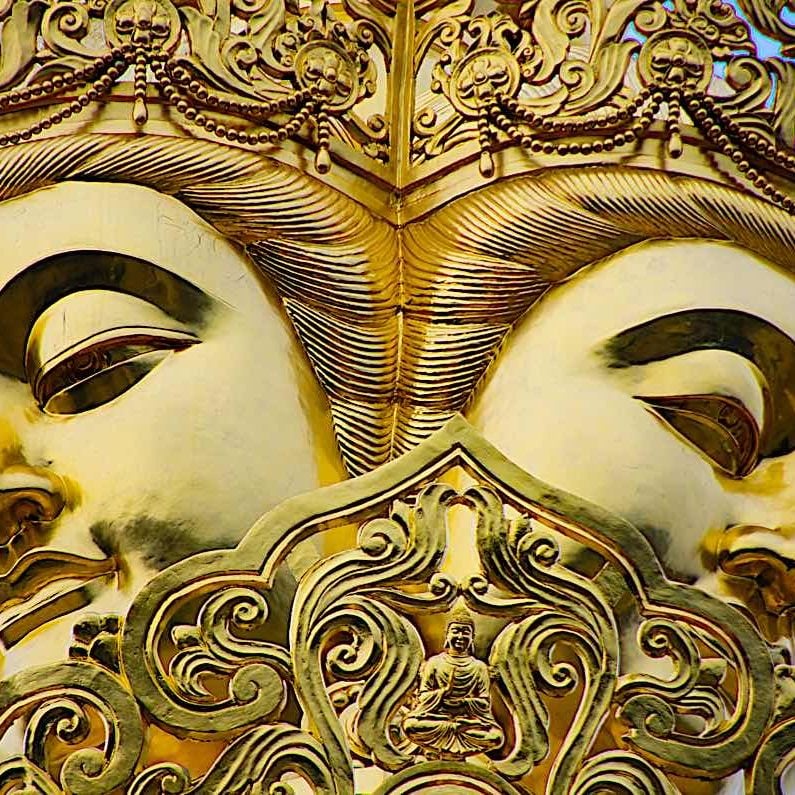
Samantabhadra’s The King of Prayers is the ultimate Buddhist practice how-to and itself a complete practice

The Five Strengths and Powers or pañcabalā in Buddhism — the qualities conducive to Enlightenment: faith, energy, mindfulness, concentration and wisdom

Tara’s Great Dharani Supreme of all Mantras –with Music version– and the Sutra of Tara Who Protects from the Eight Fears: in Tara’s Own Words
Search
Latest Features
Please support the "Spread the Dharma" mission as one of our heroic Dharma Supporting Members, or with a one-time donation.
Please Help Support the “Spread the Dharma” Mission!

Be a part of the noble mission as a supporting member or a patron, or a volunteer contributor of content.
The power of Dharma to help sentient beings, in part, lies in ensuring access to Buddha’s precious Dharma — the mission of Buddha Weekly. We can’t do it without you!
A non-profit association since 2007, Buddha Weekly published many feature articles, videos, and, podcasts. Please consider supporting the mission to preserve and “Spread the Dharma." Your support as either a patron or a supporting member helps defray the high costs of producing quality Dharma content. Thank you! Learn more here, or become one of our super karma heroes on Patreon.
Lee Kane
Author | Buddha Weekly
Lee Kane is the editor of Buddha Weekly, since 2007. His main focuses as a writer are mindfulness techniques, meditation, Dharma and Sutra commentaries, Buddhist practices, international perspectives and traditions, Vajrayana, Mahayana, Zen. He also covers various events.
Lee also contributes as a writer to various other online magazines and blogs.
















Hello dear Sanga
Good text, I think it was a triumph for Rahula to have left behind any resentment that his father had abandoned him and followed the example of the Buddha’s life.